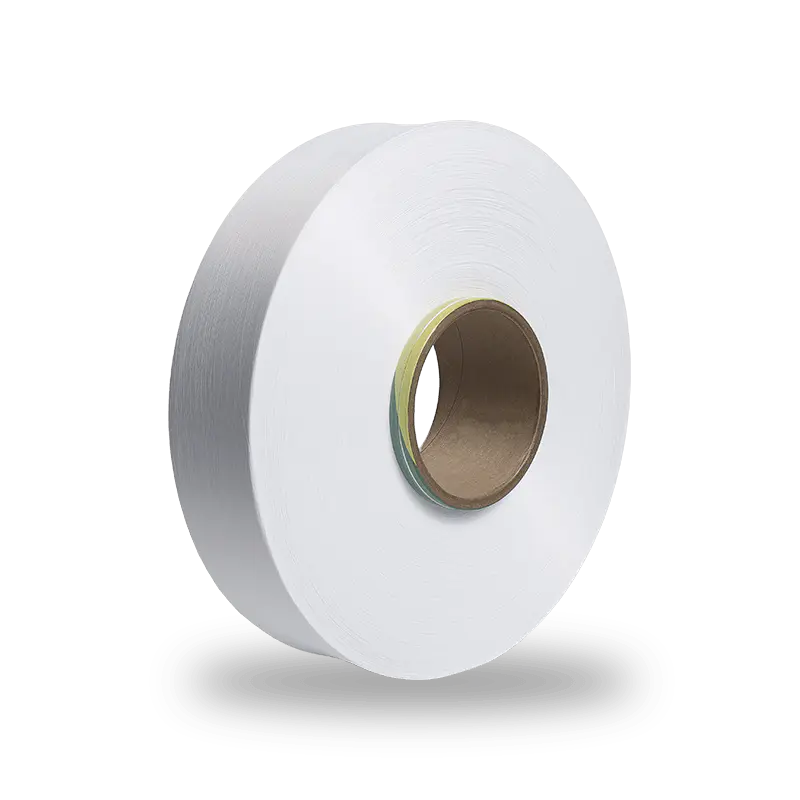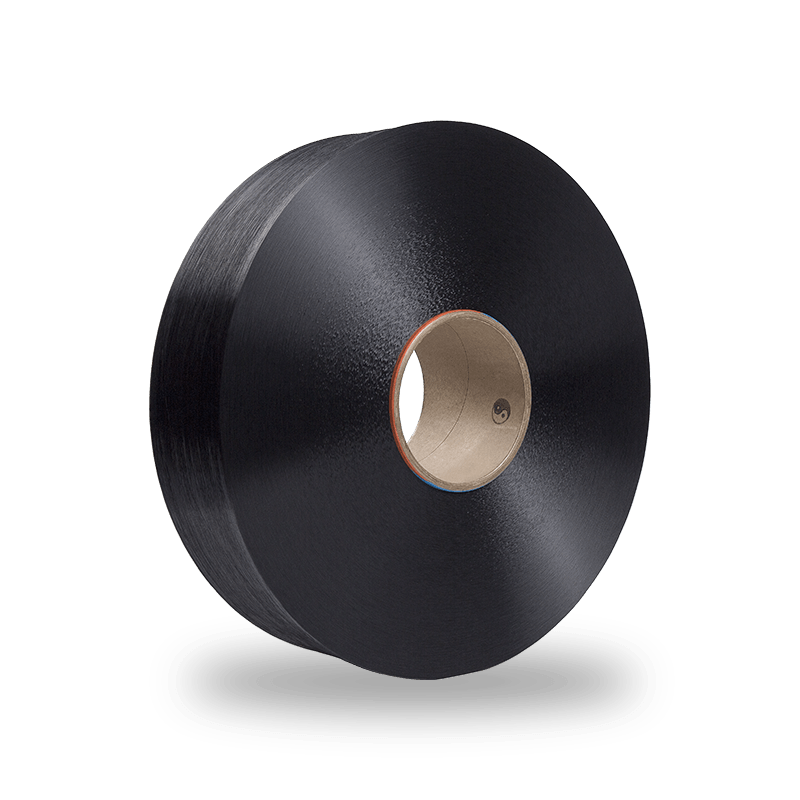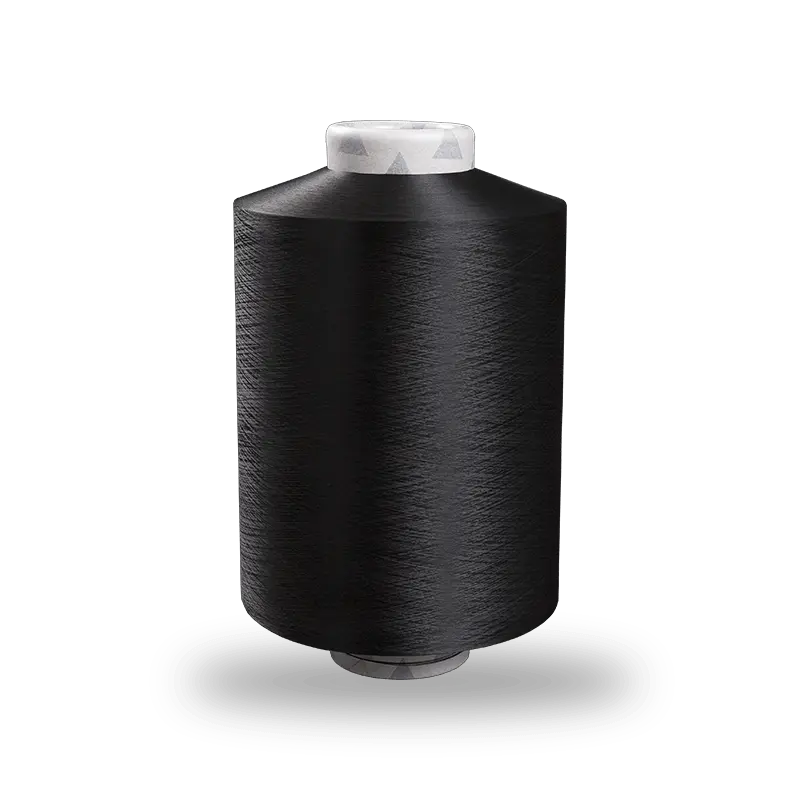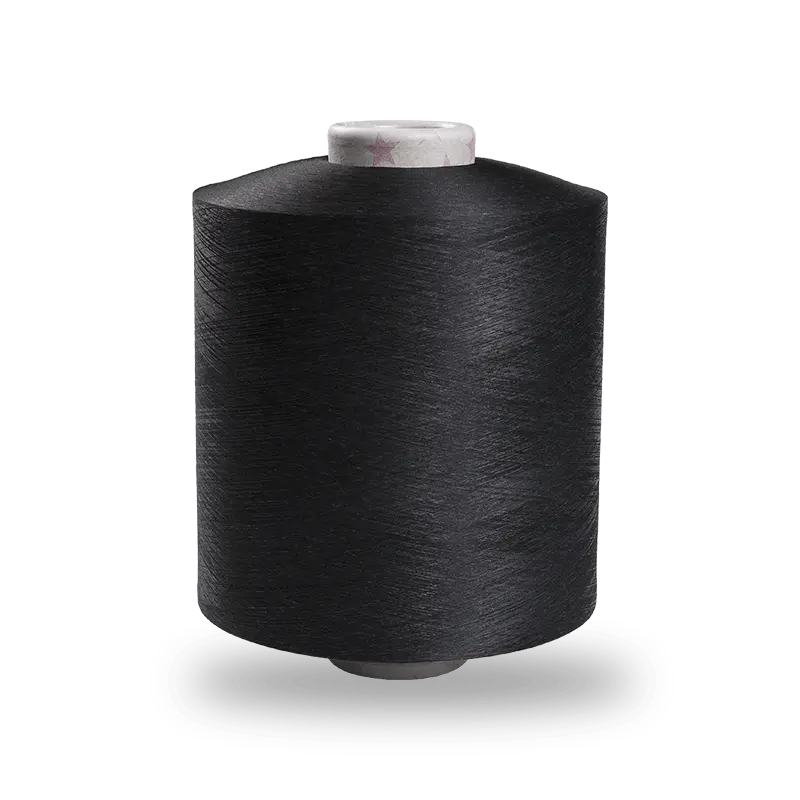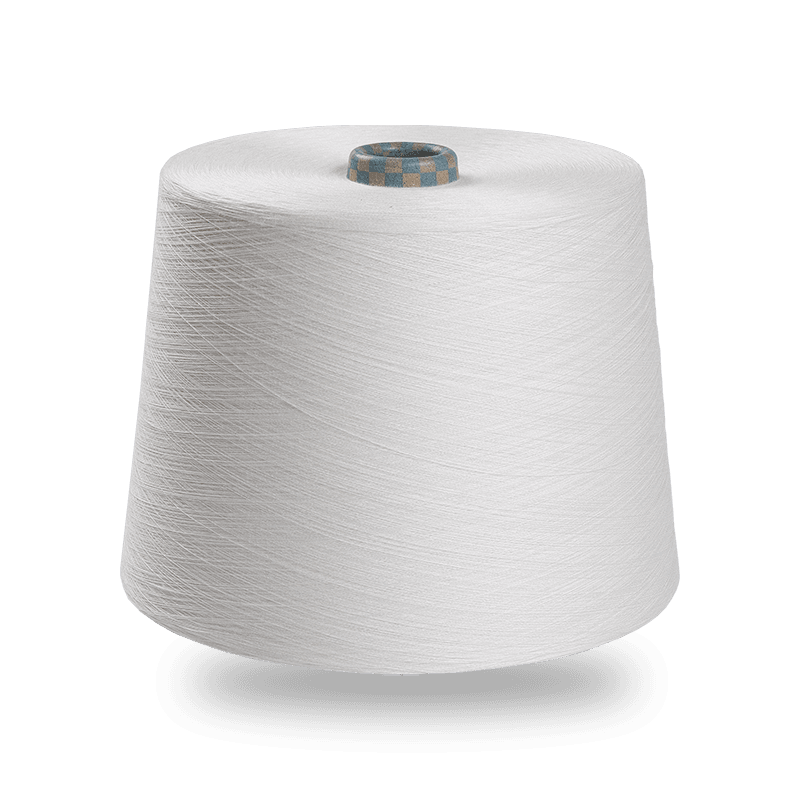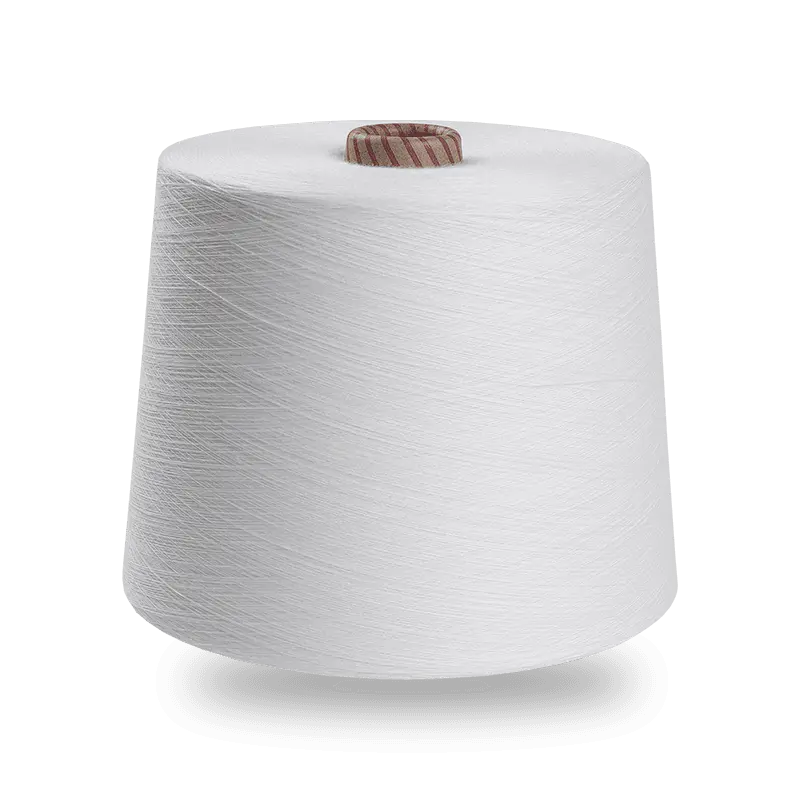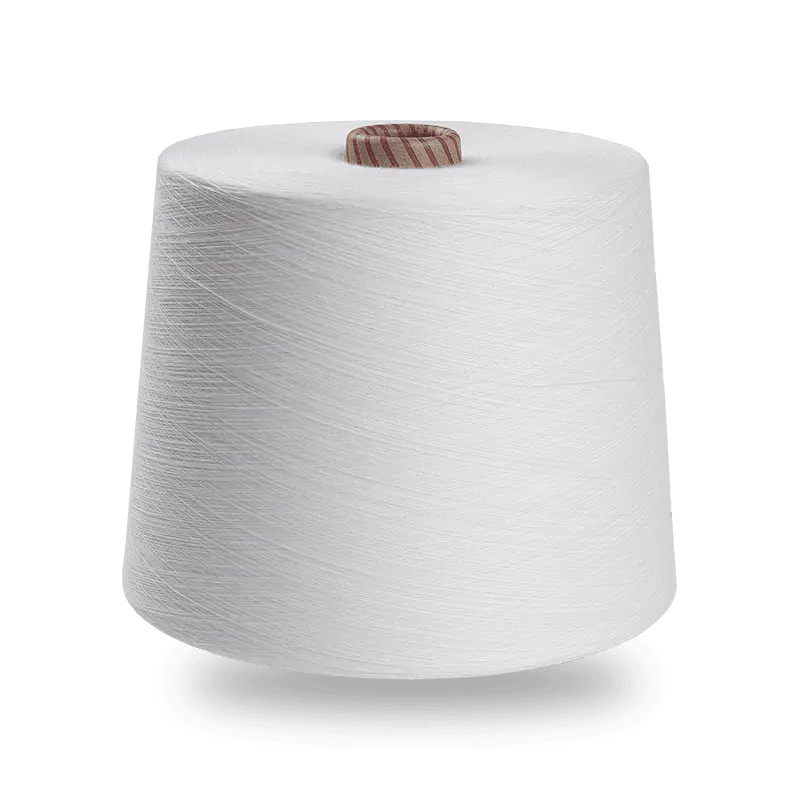Introduction: Understanding the Key Differences
Nylon 6 and Nylon 66 are two of the most commonly used types of polyamides in industrial and consumer products. While they share similarities in their basic structure and applications, they also have significant differences that affect their performance. This article dives into the chemical structure, properties, uses, and advantages of both, providing a clear comparison for better decision-making in material selection.
1. Chemical Structure: What Makes Nylon 6 and Nylon 66 Different?
The primary difference between Nylon 6 and Nylon 66 lies in their chemical structure. While both are made from repeating units of amide groups, the difference in their monomers leads to varied molecular properties.
Nylon 6
Nylon 6 is created by the polymerization of a single monomer, caprolactam. This monomer is a cyclic amide that, when polymerized, forms a linear chain with amide linkages. The structure is relatively simple, and the polymerization process is faster and less complex than Nylon 66.
Nylon 66
On the other hand, Nylon 66 is formed by the reaction of two monomers: hexamethylenediamine and adipic acid. These two components are linked by amide bonds, and their interaction creates a more rigid and structured polymer. The number "66" refers to the six carbon atoms in each of the monomers.
2. Properties Comparison: Strength, Durability, and Performance
The differences in the chemical structures of Nylon 6 and Nylon 66 lead to distinct variations in their physical and mechanical properties. These properties are crucial when deciding which material is best for specific applications.
Mechanical Strength
Nylon 66 typically exhibits higher tensile strength and rigidity than Nylon 6 due to its more crystalline structure. This makes Nylon 66 ideal for applications requiring high strength and durability.
Heat Resistance
Nylon 66 has a higher melting point (approximately 265°C) compared to Nylon 6 (about 220°C), making it better suited for high-temperature environments. This makes Nylon 66 more resistant to thermal degradation.
Moisture Absorption
Nylon 6 tends to absorb more moisture than Nylon 66, which can lead to dimensional instability and reduced strength in humid environments. Nylon 66 is less hygroscopic, maintaining its mechanical properties better in varying humidity levels.
3. Applications: Where Are Nylon 6 and Nylon 66 Used?
Both Nylon 6 and Nylon 66 are versatile materials used in a wide range of industries. However, their different properties make them suitable for different applications. Below is a comparison of their most common uses:
| Nylon 6 | Nylon 66 |
| Textile fibers | Automotive parts |
| Ropes, threads, and fishing nets | Electrical connectors |
| Consumer goods (e.g., toothbrush bristles) | Industrial machinery parts |
| Carpet fibers | Textile applications requiring durability |
4. Cost and Manufacturing Considerations
While Nylon 66 is generally more expensive than Nylon 6 due to its more complex synthesis process, the cost difference is often justified by its superior performance in demanding applications. Nylon 6 is more cost-effective and easier to manufacture, making it a more economical choice for general-purpose products.
5. Advantages and Disadvantages of Nylon 6 and Nylon 66
Each material has its own set of advantages and disadvantages, which need to be weighed based on the intended use. Below is a quick comparison:
- Nylon 6 Advantages:
- Lower cost and easier to manufacture
- Good wear resistance and flexibility
- Better for applications requiring flexibility
- Nylon 66 Advantages:
- Higher strength and thermal resistance
- Better suited for high-stress, high-heat environments
- Less moisture absorption
Conclusion: Which One to Choose?
In conclusion, whether Nylon 6 or Nylon 66 is the better choice depends on your specific application requirements. If cost is a major factor and your application does not require extreme strength or heat resistance, Nylon 6 is a solid option. However, if you need a material that can withstand high temperatures, humidity, or heavy loads, Nylon 66 will likely be the better choice due to its superior performance in those areas.


 English
English 中文简体
中文简体 Español
Español عربى
عربى
